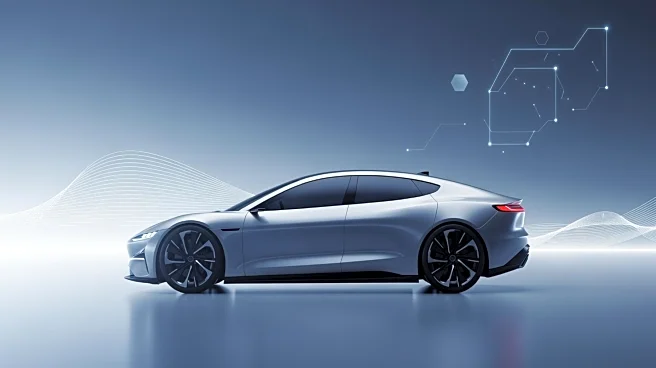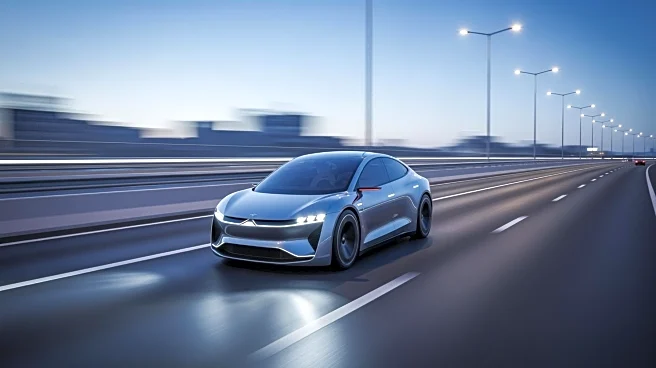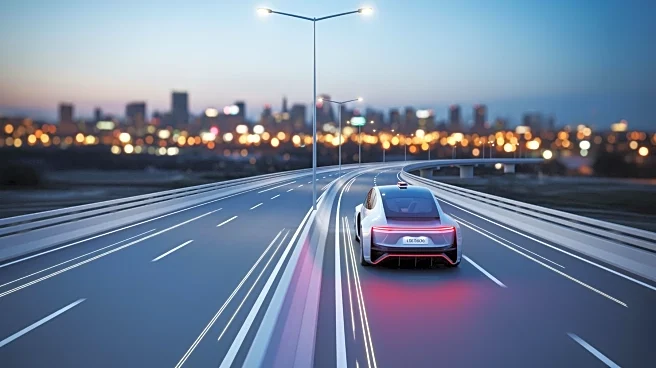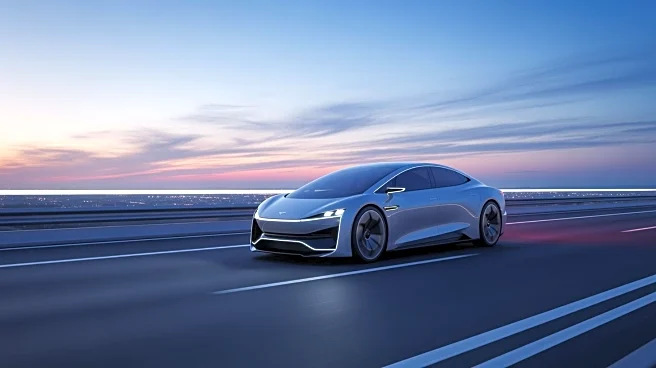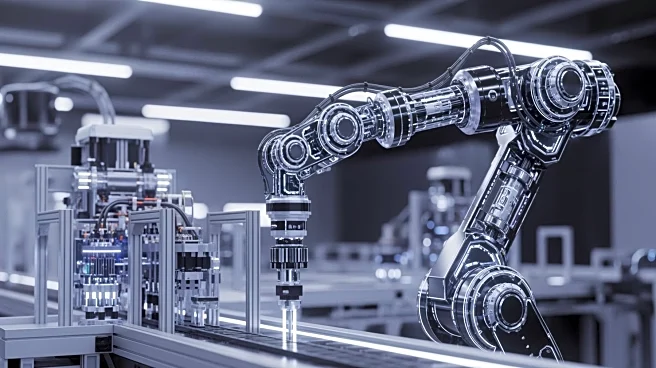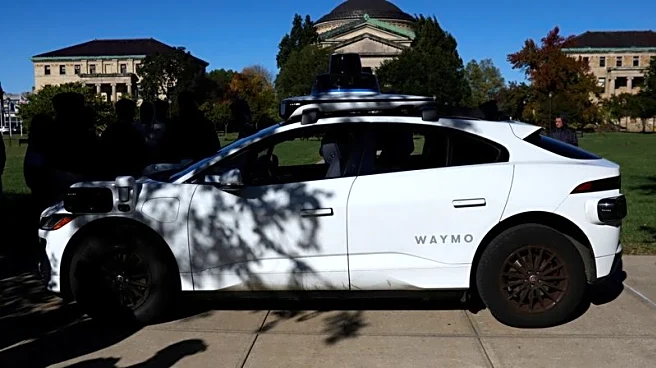What's Happening?
Tesla CEO Elon Musk has responded to Waymo's recent announcement of reaching a 2,500-vehicle fleet milestone. This development comes as Tesla continues to advance its Full Self-Driving (FSD) technology,
with the latest version, v14.1.7, being rolled out to owners. The update focuses on improving performance and smoothness, addressing issues such as navigation and routing challenges, and enhancing the decision-making process of the vehicles. Despite improvements, some navigation issues persist, particularly in specific areas like Superchargers. The update also addresses previous concerns about braking and intersection handling, showing significant progress in these areas.
Why It's Important?
Waymo's fleet expansion highlights the competitive landscape in autonomous driving technology, where Tesla is a major player. The advancements in Tesla's FSD technology are crucial for maintaining its position in the market, as it competes with other companies like Waymo. The improvements in navigation and safety features are essential for consumer trust and regulatory approval, impacting Tesla's ability to deploy its autonomous vehicles more widely. The ongoing development of FSD technology is significant for the future of transportation, potentially reducing accidents and improving traffic efficiency.
What's Next?
Tesla is expected to continue refining its FSD technology, with further updates anticipated to address remaining issues. The company may also focus on expanding its autonomous vehicle capabilities and increasing its fleet size to compete with Waymo and other industry leaders. Stakeholders, including consumers and regulators, will be closely monitoring these developments, as they have implications for safety standards and the broader adoption of autonomous vehicles.
Beyond the Headlines
The competition between Tesla and Waymo underscores the ethical and legal challenges in the autonomous vehicle industry, such as liability in accidents and data privacy concerns. Long-term, the advancements in autonomous driving technology could lead to significant shifts in urban planning and public transportation systems, as cities adapt to the presence of self-driving vehicles.
